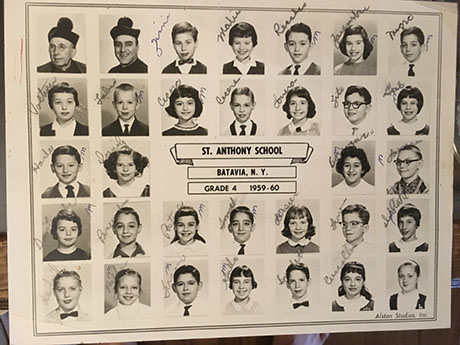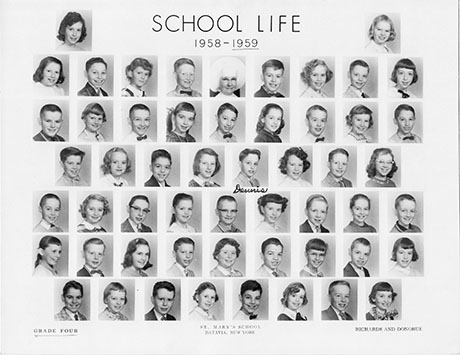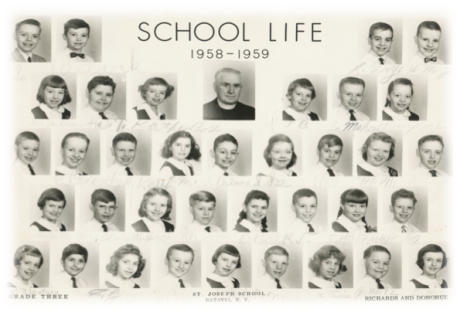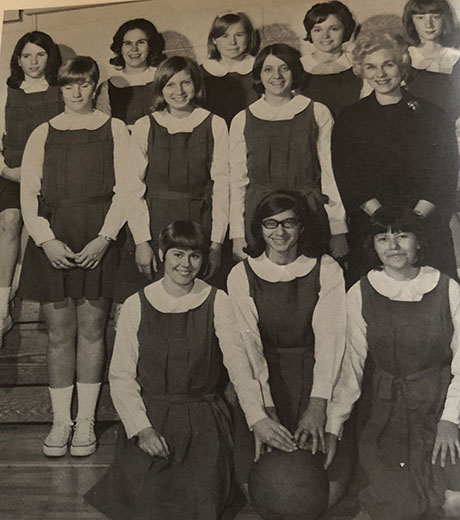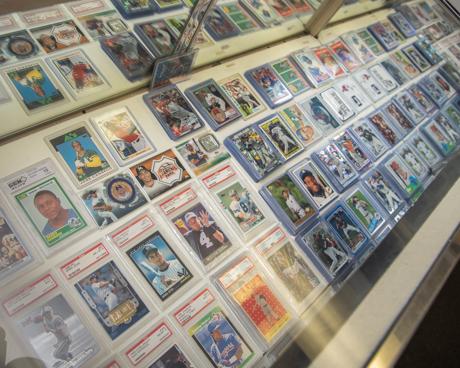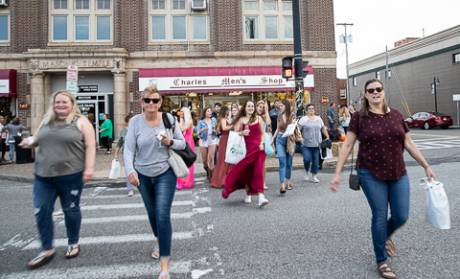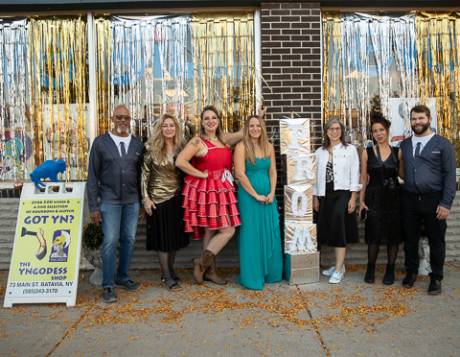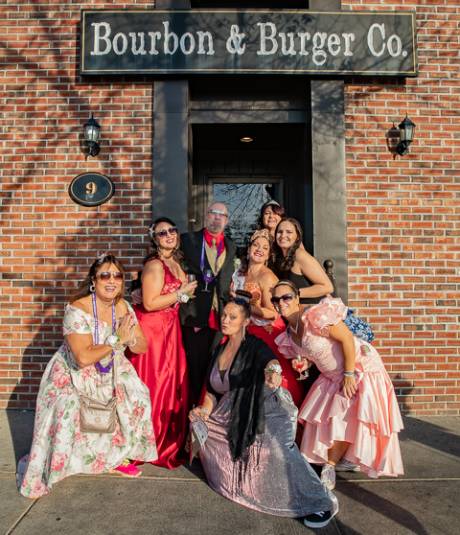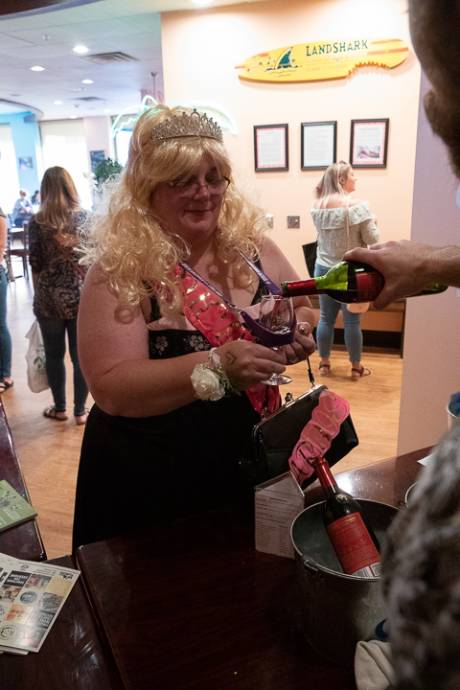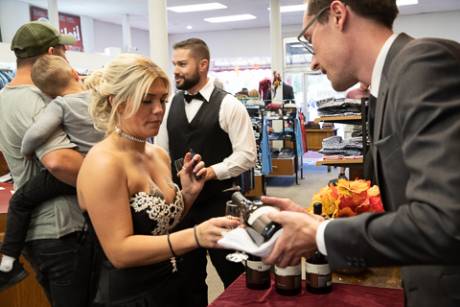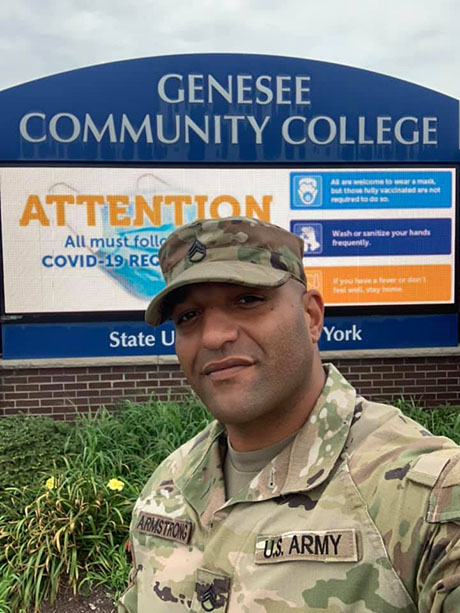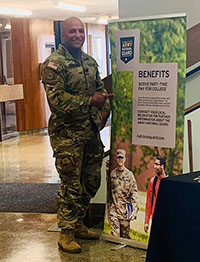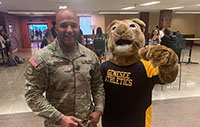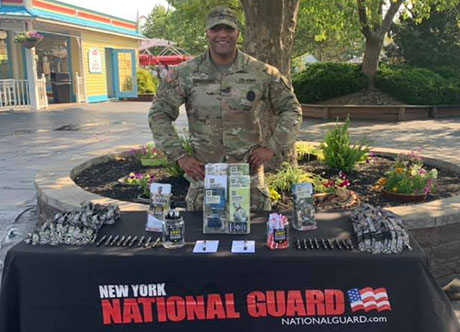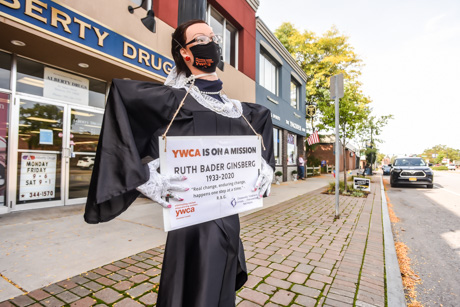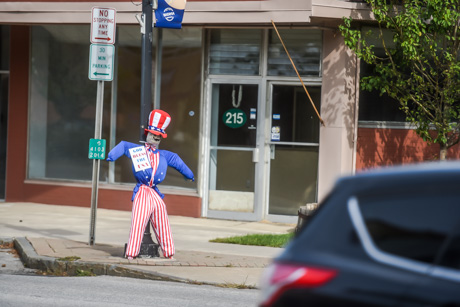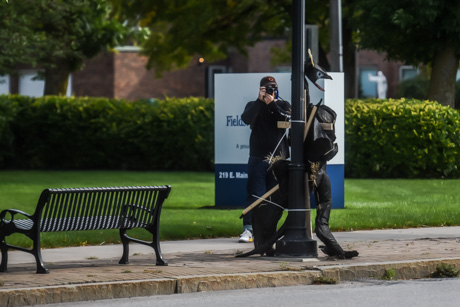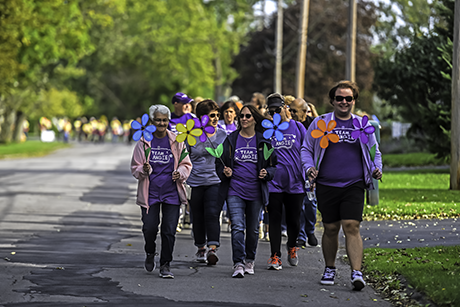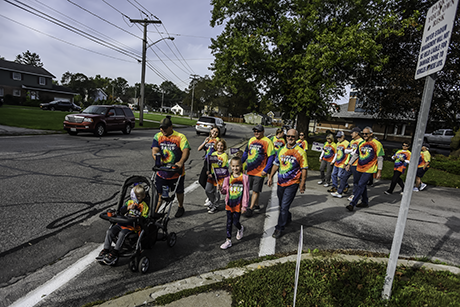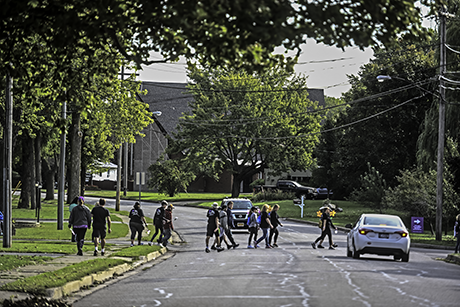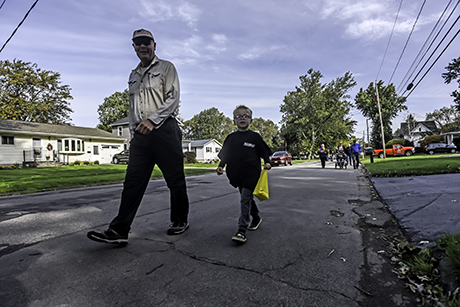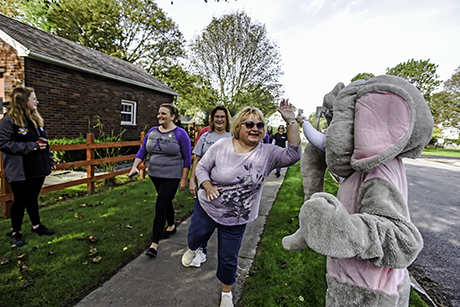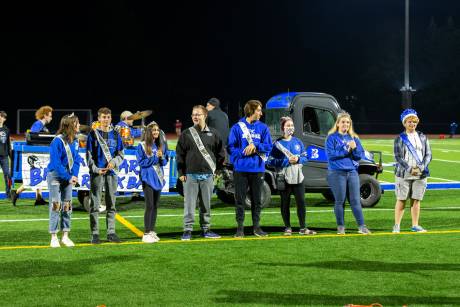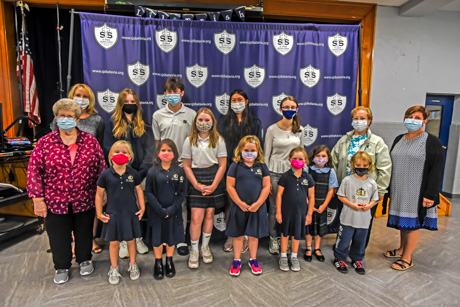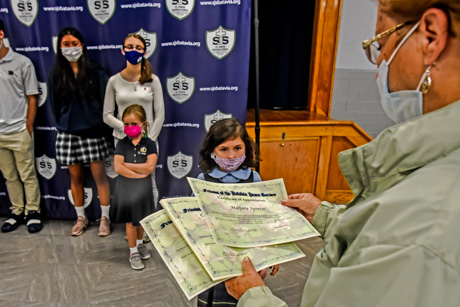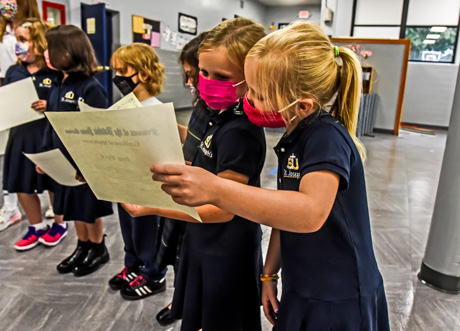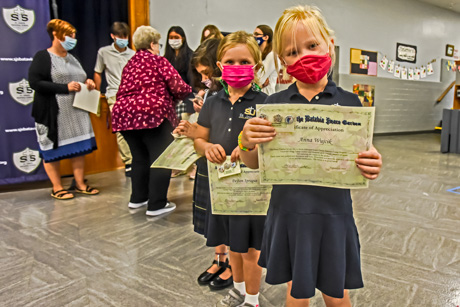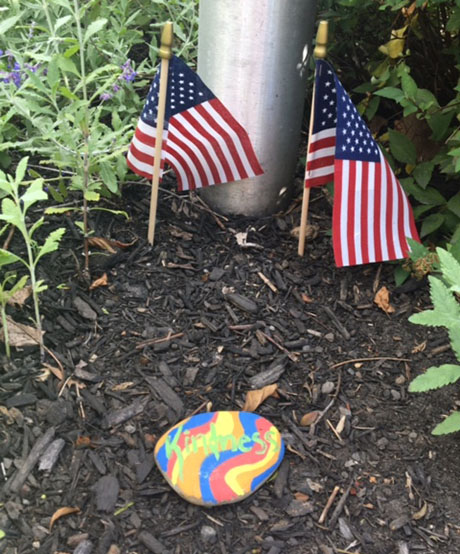From GCC to national fame, Samara Brown hits the right notes on The Voice
When Genesee Community College’s Fine and Performing Arts Director first met Samara Brown, a theater student from the Bronx, she noted something different.
“She was very talented and quirky, and she didn’t know what to do with it,” Maryanne Arena said of that meeting in 2007. “I called her the sponge. She always wanted to learn, she wanted to do something with her life.”
Brown can check off that box. She’s been a featured singer on season 21 of The Voice Blind Auditions. Watched by millions of viewers, the show puts vocal hopefuls on the spot to perform with hopes of getting selected by a seasoned mentor.
Brown had wanted artist John Legend to choose her because “he’s probably my biggest inspiration,” she said during an interview Tuesday. Needless to say, she put in a lot of time rehearsing her song “over and over and over” for the audition. (When he turned around) “I was kind of frozen. I think I blacked out a little,” the 32-year-old said.
During her time at GCC, Brown was diligent about her craft, Arena said. She asked a lot of questions about the what and why of the art and requested solo coaching time. A “very shy” and rather modest performer, Brown absorbed every ounce of the experience and never wanted it to end, Arena said.
“I would have to say, ‘ok, it’s time to go.’ She worked really hard, she never thought she was great,” Arena said. “She never walked around like she was the star. I recognized her talent, but I wanted it to become part of her confidence.”
When Brown’s episode of The Voice aired on Sept. 27, Arena and her family were in their seats at home watching it unfold. Arena felt certain that John Legend would pick Brown and be able to lend his pop and jazz background.
Then it happened. After her impressive rendition of “Sweet Thing,” Brown’s work paid off. She was chosen by John Legend and Ariana Grande. Pause for that electric moment when Brown said “I pick John.” Arena has told her students that if, at the end of the year, their taxes list entertainer as an occupation, that’s success. And, for sure, most people don’t make it to this point, she said.
“We were all jumping around in my house,” Arena said. “We were really excited. It didn’t surprise me; I expected great things from her.”
The student and teacher have stayed in touch over the years. Ever since they met, Brown’s “quirkiness” spoke to Arena about the young woman’s gifts.
“We connected right away. She was alone because she lived in the Bronx and didn’t go home. She kind of became a second daughter to me; she spent Thanksgivings on the farm," Arena said. “I keep saying it, but I’m so proud of her.”
In August, Brown posted to social media "I auditioned for The Voice!" Since then, staff and faculty at Batavia-based GCC had been longing to see her performance, which is now available online. Her audition left judges John Legend and Ariana Grande fighting over who would get to be her coach this season.
Brown earned a Theatre Arts degree from GCC in 2009 with several musical roles under her belt, including a flying Peter Pan in Peter Pan-The Musical, as the Village Doctor in The Incredible Jungle Journey of Fenda Maria, Lady in Blue in For Colored Girls Who Have Considered Suicide / When the Rainbow is Enuf, a performance that was awarded "Excellence in Acting to the Ladies of Color for their Ensemble Work" and received the highest honor, "Best Long Play of 2009.”
A GCC Alumni Spotlight Story quoted Brown’s take on what she reaped from her two years at GCC.
"In my career specifically, you need two things; technique and talent, I think the technique is definitely what GCC gave me," she said.
Brown lives in Bushwick, a thriving art, restaurant, and bar community on the edge of Brooklyn. She has been busy performing live music at clubs in Manhattan and Brooklyn, cover bands at weddings, and working on her own original music. Yet, all of that face time with audiences didn’t quite prepare her for stepping on stage for her blind audition.
“The nerves were there, it was a lot of pressure,” she said. “Once I was on stage, the jitters were definitely there.”
Confidentiality agreements prevented her from talking about anything specifically show-related. She did acknowledge the “long journey” she has been on to become a professional singer. This latest feat has given her a well-deserved nod.
“It is the fruition of what I’ve been doing,” she said.
Each week, the singers with the lowest number of votes are sent home, until only one artist remains. The Voice winner will receive a recording contract and a cash prize. The NBC show is expected to air on both Monday and Tuesday nights at 8 p.m. Eastern and Pacific times.

Photo submitted by NBC of Samara Brown


